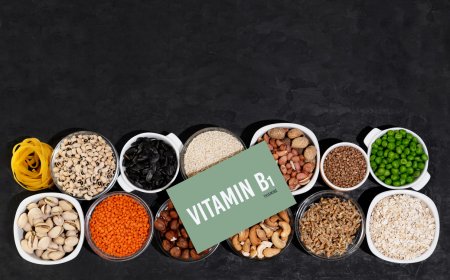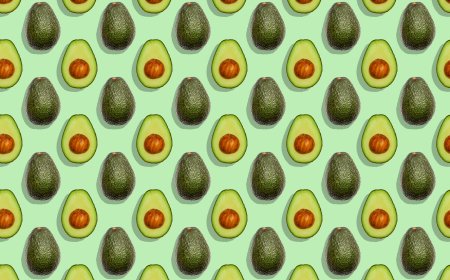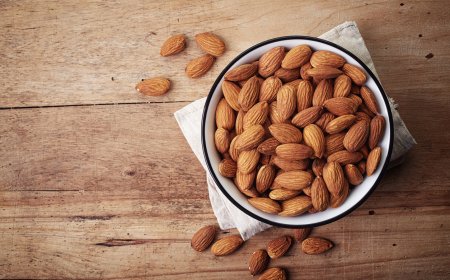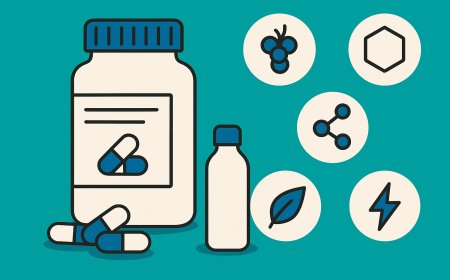Protein Shakes vs. Whole Foods: A Nutritional Showdown
A comprehensive analysis comparing the nutritional benefits of protein shakes to those of natural whole foods like meat, and a guide to choosing the right protein supplement.
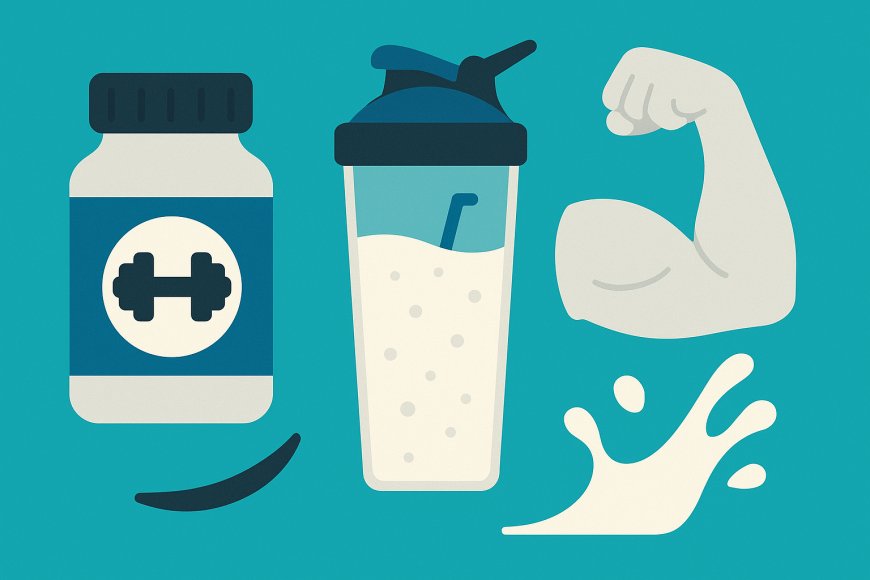
Introduction: A Modern Symbol of Efficiency
In the heart of today’s fast-paced nutritional shifts, the protein shake emerges as a symbol of speed, efficiency, and bodily control—a product that reflects our evolving relationship with food, health, and identity. Once a niche supplement for athletes, the protein shake has now become part of daily conversations about fitness, health, and performance.
This article does not seek to promote a product or take a definitive stance. Rather, it aims to offer a multi-dimensional analysis of the protein shake: What is it? How did it originate? And how does it compare to natural whole foods?
By deconstructing its components, tracing its history, and comparing it to complete meals like red meat, we ask a pressing question: Does replacing real food with artificial alternatives represent nutritional progress—or a reduction of complex needs into convenient formulas?
What Is a Protein Shake?
A protein shake is a high-protein nutritional drink designed to support muscle growth, recovery, or supplement protein intake—particularly for athletes, vegetarians, and older adults.
Most shakes use protein powder as a base, mixed with water or milk, and often enhanced with probiotics, fruits, or natural sweeteners.
How Are Protein Shakes Made?
The production process starts with extracting protein from either animal (e.g., milk) or plant sources (e.g., soy, peas), followed by drying and turning it into a soluble powder. This powder is then mixed with liquid to form the shake.
Common Types of Protein Powders:
-
Whey Protein – Fast-absorbing; ideal post-exercise
-
Whey Isolate – More refined; low in fats and lactose
-
Whey + Probiotics – For gut and immune support
-
Soy, Pea, Brown Rice – Plant-based alternatives
A Brief History of Protein Shakes
Protein shakes first appeared in the 1940s alongside the rise of bodybuilding. However, they gained cultural prominence in the 1970s and 1980s, amid America’s obsession with the fit, athletic body and high-performance lifestyles.
Initially unpleasant in taste and texture, protein powders gradually evolved into lifestyle products—personalized for goals like weight loss, muscle gain, or general wellness. Today, supplement brands market themselves not just as providers of nutrition, but as storytellers of strength, control, and ambition.
Protein Powders: A Strategic Comparison
Understanding the types of protein powders goes beyond knowing that "protein is good." The real value lies in choosing the type that fits your physiology, goals, and lifestyle.
Main Classifications:
| Type | Source | Protein % | Lactose | Absorption Speed | Best For |
|---|---|---|---|---|---|
| Whey Concentrate | Milk | 70–80% | Yes | Moderate | Beginners |
| Whey Isolate | Milk | 90%+ | Very Low | Fast | Low-carb diets, lactose intolerance |
| Whey Hydrolysate | Milk | 80–90% | Low | Very Fast | Athletes, digestive issues |
| Casein | Milk | 80% | Yes | Very Slow | Nighttime nutrition |
| Soy Protein | Plant | 80–90% | No | Moderate | Vegetarians |
| Pea/Rice Protein | Plant | 70–85% | No | Moderate | Soy/milk sensitivity |
How to Choose Strategically:
Ask yourself:
-
What is my goal?
-
Muscle gain: Choose isolate or hydrolysate
-
Recovery: Hydrolysate is gentle and fast
-
Satiety or night use: Casein is ideal
-
-
What is my lifestyle?
-
Frequent travel: Multi-functional proteins
-
Vegetarian: Combine pea and rice for complete amino profile
-
-
How does my body respond?
-
Lactose intolerance: Avoid concentrate
-
Digestive sensitivity: Use hydrolysate
-
-
Am I on a strict diet?
-
Keto/low-carb: Isolate is the cleanest
-
Can a Protein Shake Replace a Real Meal?
As modern life accelerates, a key question arises:
Can a protein shake truly replace a full meal like grilled meat or chicken breast?
On the surface, this may appear to be a nutritional query—but it reflects a deeper cultural and psychological dilemma. This is not just about grams of protein or calories, but the eating experience, the diversity of nutrients, and our biological interaction with food.
Whole Foods vs. Protein Shakes: A Nutritional Comparison
| Element | 300g Red Meat | 300g Chicken Breast | 3 Scoops Whey Isolate | 3 Scoops Whey Concentrate | 3 Scoops Plant Protein |
|---|---|---|---|---|---|
| Protein | 78–84g | 72–78g | 70–75g | 65–70g | 60–65g |
| Fats | 36–45g | 9–12g | 1–2g | 4–6g | 2–4g |
| Carbohydrates | 0g | 0–1g | 2–3g | 5–8g | 5–10g |
| Calories | 750–900 kcal | 450–500 kcal | 300–360 kcal | 350–400 kcal | 330–380 kcal |
| Iron | 7–8 mg (heme) | 1.5–2 mg (heme) | 0.1–0.3 mg (added) | 0.1–0.3 mg (added) | 4–6 mg (non-heme) |
| Vitamin B12 | 7–8 mcg | 1.2–1.8 mcg | Trace | Trace | Minimal or added |
The Real Takeaway: Not Either-Or, But Contextual Use
While protein shakes are convenient, efficient, and targeted, they cannot fully replicate the biological and psychological benefits of whole foods. Nutrients like heme iron, natural fats, B12, and fiber, and even the sensory experience of chewing, play important roles in health and satiety.
This article encourages critical nutritional awareness—beyond convenience or fitness trends. The goal is not to choose sides, but to make informed decisions that balance:
-
Performance and meaning
-
Speed and depth
-
Artificial solutions and natural completeness
Conclusion: Protein Shakes as Tools, Not Replacements
Protein shakes are valuable tools—but they should not be seen as total replacements for food. Rather, they serve best when used strategically and within a broader, conscious lifestyle that honors both physical performance and holistic nourishment.
What's Your Reaction?




























